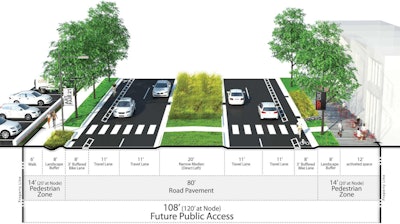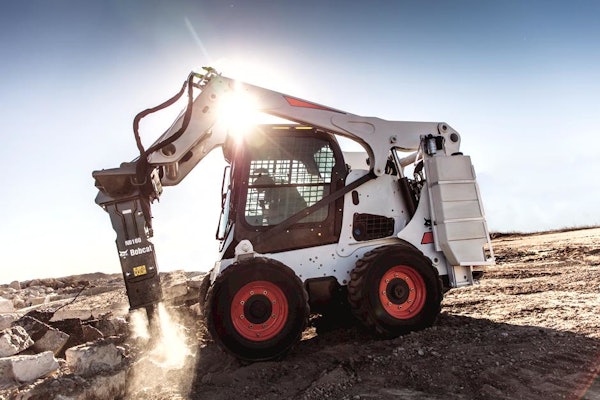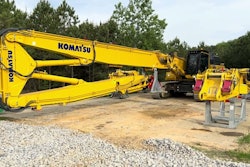 Artist rendering of a lower-speed roadway design to accommodate bike paths, sidewalks and landscaping.
Artist rendering of a lower-speed roadway design to accommodate bike paths, sidewalks and landscaping.The Federal Highway Administration wants to create design flexibility for highway engineers to promote innovative transportation solutions, and their first step is a proposal to encourage those engineers to design lower-speed roads to match the needs of communities and environmental concerns.
The proposal, available here in the Federal Register, would drop the number of design criteria from 13 to two for highways designed for traffic at slower than 50 mph. The current design criteria requirement figure was determined 30 years ago for “operations and safety” impacts and have standards applied to all roads without consideration for the “purpose and community context” for the roads.
But FHWA has found through recent studies most of the 13 requirements provide benefits solely to higher speed highways. Even so, the administration also proposes to cut three of those requirements for highways designed at faster than 50 mph.
The new requirements would provide engineers more breathing room to use their “professional judgment” in figuring lane widths and making considerations for bike paths and sidewalks, mass transit stops and landscaping without first getting the nod from FHWA. Under the current requirements, engineers must submit these designs and documentation to FHWA and wait for approval.
“This change is a part of a major push at the agency to give engineers more autonomy in highway design so they can implement transportation projects that better connect with their communities,” FHWA Administrator Gregory Nadeau said in a release about the proposal. “We are always seeking new ways to improve our highway system, and today is a great step forward.”
Nadeau stressed in a blog post the long-term thinking in adjusting the design criteria.
“We want to capture the ingenuity and brilliance that built the Interstate Highway System over 3 decades and apply the valuable lessons we learned from that experience. Because we don’t have another 3 decades to rebuild America’s transportation infrastructure to manage the coming tsunami of increased freight demand and the travel demands of 70 million more people. To meet these challenges, we have to harness the considerable ingenuity of America’s engineers.”









